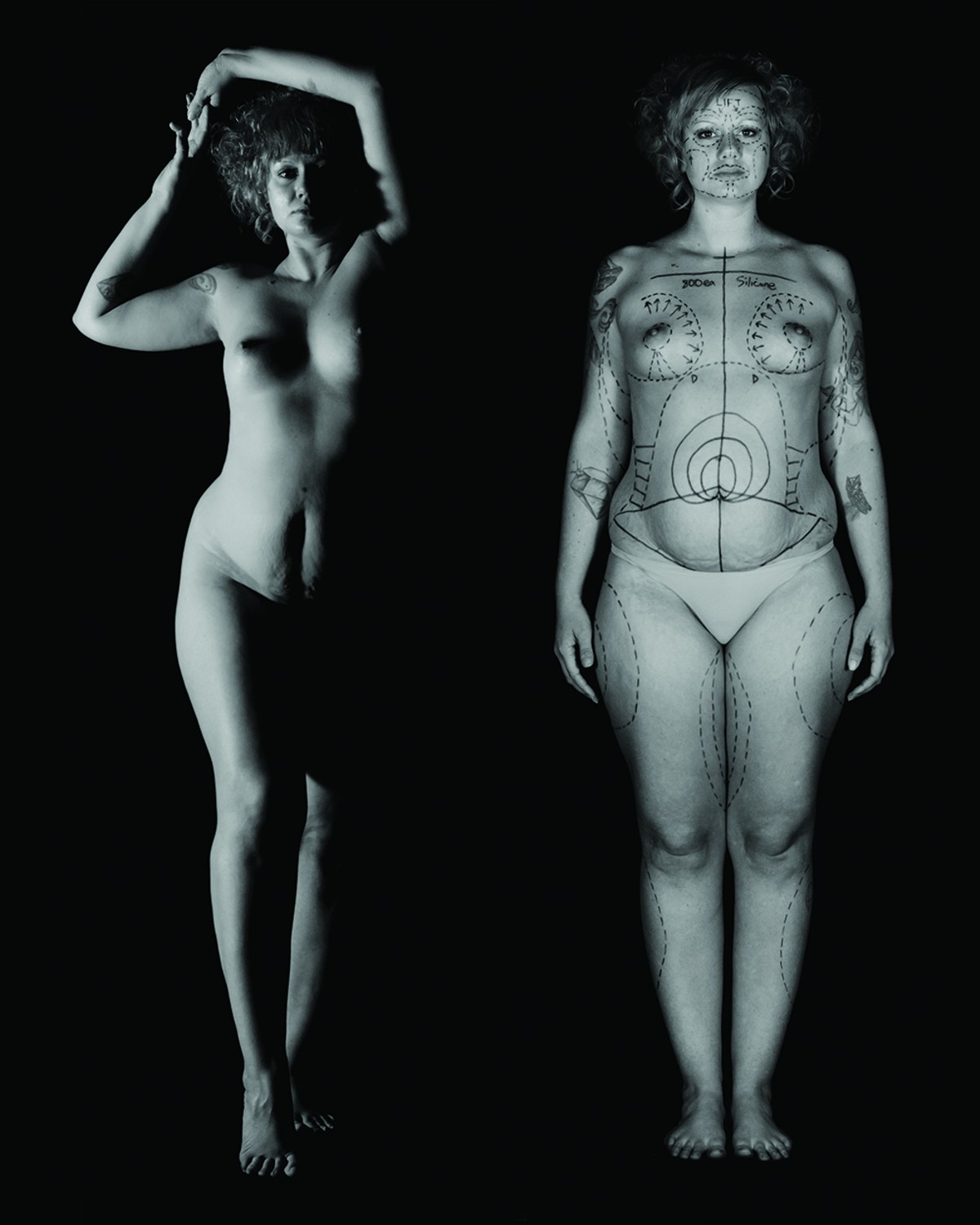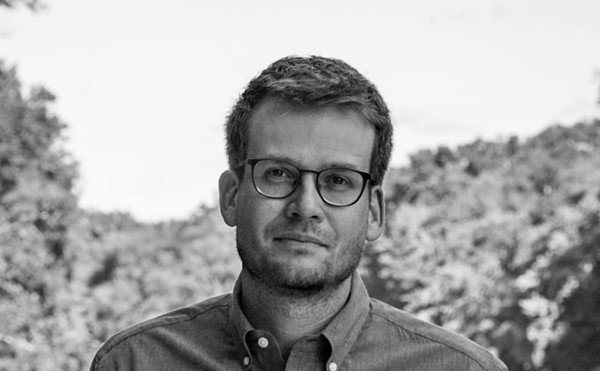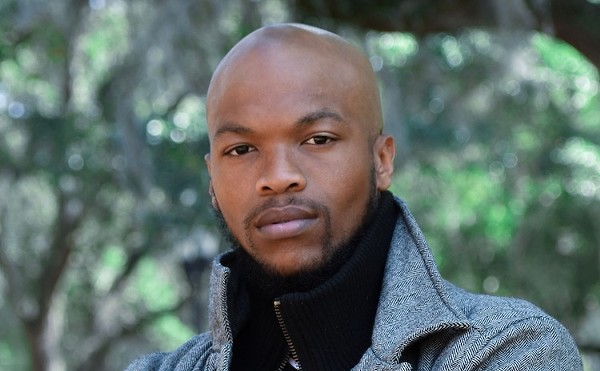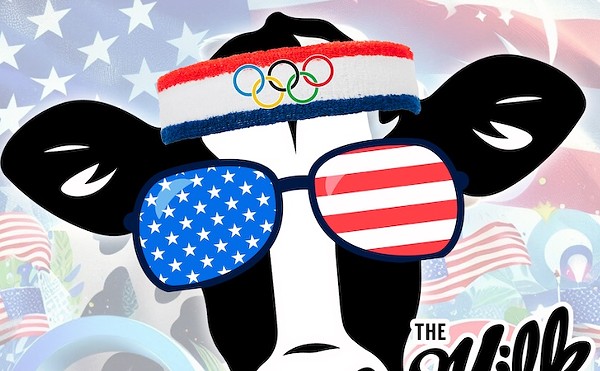Back in the gentler year of 2014, Justin "Skip" Skipper and his girlfriend, Tasha Copley, mounted a small exhibit at downtown Orlando's CityArts Factory called Franchise: The Ideal Woman. Audience participation exceeded the two artists' expectations, so the exhibit returns June 16. The artists hope to swell the ranks of women who are sick and tired of the media setting unrealistic expectations of body ideals, and are setting a few of their own.
The original exhibit asked viewers, "What do you see when you look in the mirror?" The answers, written on paper and placed in a little box, stunned the artists. Not just what they read, but how much they got back. Answers ranged from pride to self-deprecation:
"My uncontrollably curly hair & my dimples when I smile"
"I have a sweet ... nose ... it's kind of big ... smile"
"The dark circles under my eyes"
This time the installation is enhanced and transformed by more than 25 new images of women in love with their bodies, along with many of their personal messages. We caught up with the artists between photo shoots getting ready for the new show.
"It's not just about body image," emphasizes Skip. "It's what people love about themselves. Laughter, feet, stretch marks. What makes you you." Skip assures us that the original installation will be back, and we can expect a few new surprises. "We're keeping the box so you can still write a private message. But now, if you want to flaunt it, you can put it up on a chalkboard, too."
First magazines, then broadcast and social media taught all of us to worship an impossible ideal of beauty. "The show is about how this ideal is sold to individual women," the artist explains, hence the key word "franchise." Skip's other work often spoofs corporate packaging and, as he points out, "You can buy a franchise, and you can also buy hips, breasts or a butt."
He and Copley slyly help women express themselves as people, not as parts or commodities. To most of us, the beauty myth is a giant supersystem which has no opportunity for individual feedback; you can feel helpless in this onslaught of thin, impossible beauty.
Copley originally posed for two photographs. In what Skip calls the "surgical markup nude," her skin was covered with marker lines where plastic surgeons would alter her physical form. She's passive, a mere object; lit for inspection, not life; deconstructed with arrows and lines. The black-and-white portrait has a deadening, almost corpse-like effect.
A boudoir mirror in the middle of the gallery invites the viewer to contemplate one's own body. To its left is the "confident nude," another full-body portrait. Ms. Copley's face is still neutral, but a classic Greek pose injects an inner sense of beauty into her image. If one portrait is a mere anatomy lesson, the other is a projection of power and grace.
Copley and Skip give the system some feedback with this deceptively simple setup. Women, caught in moments of truth, wrote notes in the spirit of the show: little flashes of individuality that defied commercialization. These notes came floating back in, and became part of the media coverage of the show itself. In 2014, articles on Huffington Post, in Cosmopolitan magazine and in newspapers as far away as Australia highlighted the messages women sent about themselves.
"It's time for the next step. Volunteers came to our photography studio not just to tell us, but show us," Skip says. Copley actively directed the girls to express their feelings about their bodies. The results remain under wraps until showtime, but Skip shared a few tantalizing images with Orlando Weekly.
The focus of one piece is her toes, lined up in the middle of the black background, like so many stars in the Big Dipper. Furrowed foot-sole textures recede into the woman's jeans, her interlaced fingers providing the only other detail in the photograph. If personality can come through hands and feet, this portrait suggests a mover and a maker.
The focus of another is her belly. Skip says, "She was into cutting herself, and this is what defines her." At an intimate distance, evenly lit, the scar-damaged skin is a landscape of unreleased tension, lines of an urgent narrative being written directly onto the body itself.
Both photographs reveal stories women tell themselves, stories that have nothing to do with the models shoved down our throats by the media. If these two images are indicative of Skip and Copley's style, they are tenderly done, honoring the models' independent choices.
"Our models engaged in their own individuality," Skip notes proudly. Plastic Barbie dolls these are not, and the delight of this project is its David-and-Goliath assault upon the false idea that everyday women aren't pretty enough. Ideals, instead, arise from within. In this year of disintegrating civility, Skip and Copley are bringing back a show with a quiet but powerful message: We own these bodies, and we invite you to love them the way we love them ourselves.

















